Ferranti-Packard Manufacturing Co. Ltd.
by Victoria JL Fisher
The FP6000 was an early general use computer designed and manufactured by Ferranti-Packard Manufacturing Ltd.. Ferranti-Packard formed in 1958 with the merging of the Canadian-based Packard Electric Co. and the Canadian subsidiary of UK company Ferranti Electric.
In both the UK and Canada, Ferranti was involved in the development of computer systems. In Canada, Ferranti engineers worked in the early 1950s on a prototype system for the Canadian military designed to process radar information and share it between ships (DATAR). Later, they developed a computerised reservation system for Trans-Canada Airlines (Reservec), a cheque-sorter for the US Federal Reserve Bank, and a prototype mail-sorting system for Canada Post. Having worked on these projects, Canadian Ferranti engineers were invited to Ferranti in the UK to consult on the Orion computer. As engineer Peter Stevens remembered, their experience in the UK triggered the idea for a general-use computer, the FP6000: “We, collectively with Fred Longstaff being the brilliant guy behind it, could see the potential for designing a really good computer. We thought we could design one a lot better than the one they were working on over in England.”
The FP6000 was designed by a team of Ferranti-Packard engineers including Fred Longstaff, Peter Stevens, Ian Sharp and Gord Helwig. It was manufactured in Toronto, at a facility on Airport Road. The computer was one of the first to be multi-programmable, meaning instead of individual programs running consecutively, multiple programmes could run concurrently as systems became available, speeding up the completion of processes.
The computer faced marketing and sales problems, and only four FP6000s were sold commercially, each with modifications for their individual uses. Buyers were the Federal Reserve Bank in New York, the Toronto Stock Exchange, the Saskatchewan Power Corporation and to the Defence Research Establishment in Dartmouth, Nova Scotia. (Vardalas, 54). Others were made and used for testing and development, including one at Ferranti company's base in Edinburgh or the University of Ediburgh. This example of the computer is the Dartmouth machine.
With little support or market for the Canadian system, Ferranti UK sold the FP6000’s design to UK company ICT, later International Computers Limited, who went on to successful commercialise a version of the computer. The sale demoralised many of the engineers at Ferranti-Packard, who went on to form other computer companies in Canada.
Timeline
1912 - Ferranti Co. of Canada Limited formed in Toronto, Ontario by UK company Ferranti Ltd.
1915 - Ferranti in Canada begins manufacturing and selling small transformers.
1924 - Ferranti Canada has a manufacturing plant on Noble Street, Toronto, which is extended.
1949 - Kenyon Taylor arrives in Canada to head the electronics research unit at Ferranti Canada.
1953 - Ferranti Canada demonstrates the DATAR (Digital Automatic Tracking and Remoting) system of automatic intership radar information sharing. This system employs 30,000 vacuum tubes and uses roller-ball tracking system developed from a design by a British scientist.
1955 - Ferranti Canada demonstrates an automated post-sorting system for Canada Post equipped with high-speed air-bearing drum memory.
1956 - Ferranti Canada opens a new facility for the manufacture of large transformers.
1958 - Ferranti-Packard Ltd. is formed when Ferranti Canada merges with Canadian company Packard Electric.
1961 - Ferranti-Packard launches Reservec I, a transistorized remote reservation system designed for Trans Canada Airlines (Air Canada).
1963 - The first FP6000 computers are delivered.
1963 - June. British International Computers and Tabulators (ICT) acquires Ferranti UK's nonmilitary computers arm, including the design rights to the FP6000.
1979 – UK company Northern Engineering Industries (NEI) Ltd. acquires Ferranti-Packard from Ferranti UK.
Selected Sources
Ball, Norman R., Vardalas, John N. Ferranti-Packard : pioneers in Canadian electrical manufacturing (McGill-Queen’s University Press, 1994)
Leatherdale, D. "The Information Society" Computer Ressurrection Iss. 53 (http://www.cs.man.ac.uk/CCS/res/res53.htm [25-01-24])
Marcotty, M.J. et al. “Time Sharing on the Ferranti-Packard FP6000 Computer System” Proceedings o the Spring Joint Computer Conference, AFIPS (1963): 29-40
Vardalas, J. “The FP-6000 and other earlier computer developments at Ferranti-Packard Electric, Canada” (National Museum of Science and Technology, 1985)
Williams, Michael R. Interview with Fred. M. Longstaff, July 24, 1992 (https://www.computerhistory.org/collections/catalog/102803638)
Williams, Michael R. Interview with Peter Stevens, July 29, 1992. (https://www.computerhistory.org/collections/catalog/102803642 [25-01-24])
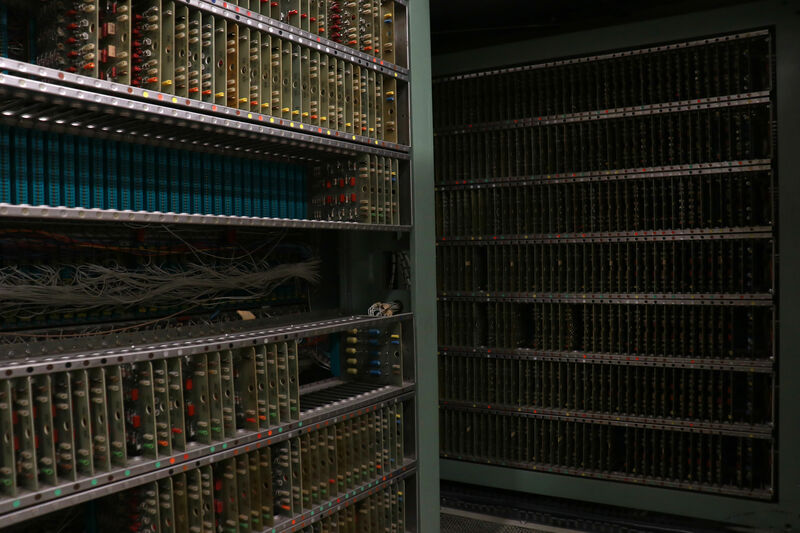
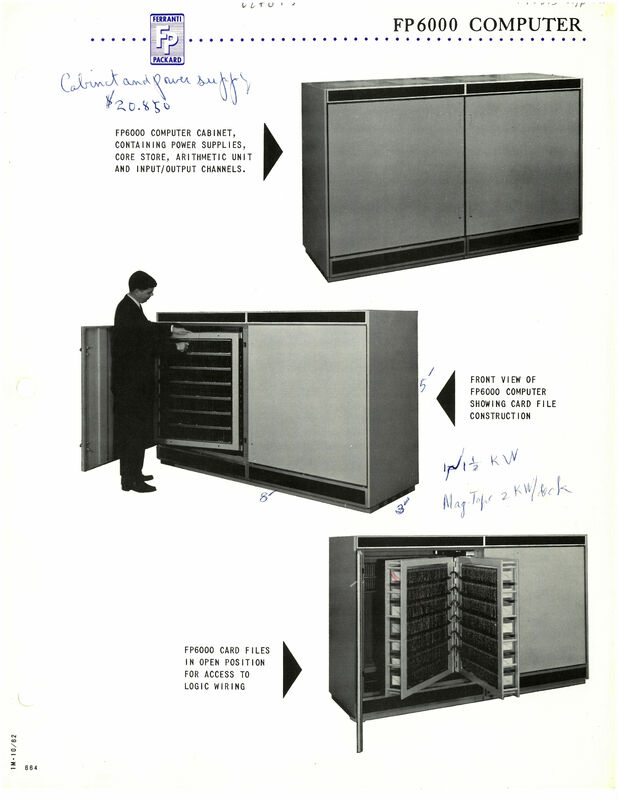
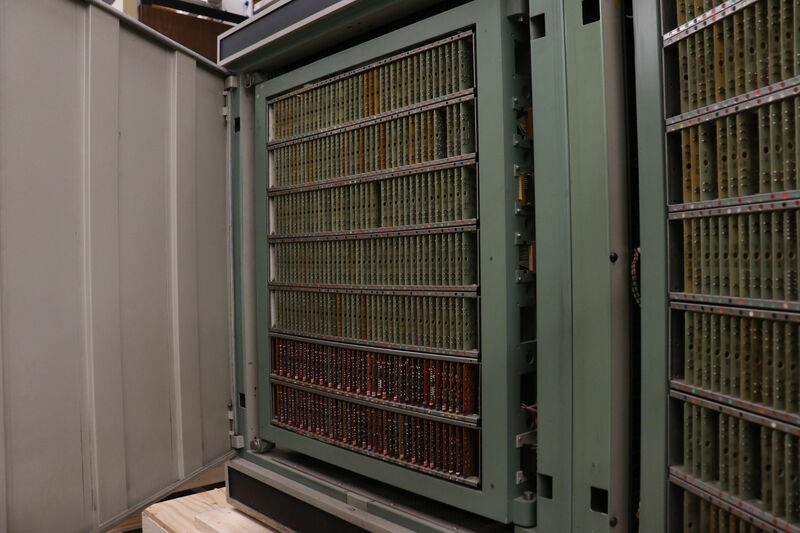
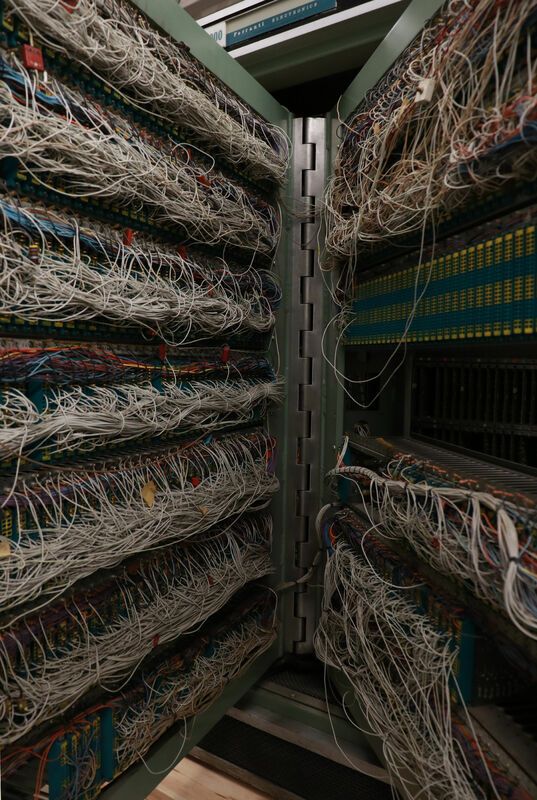
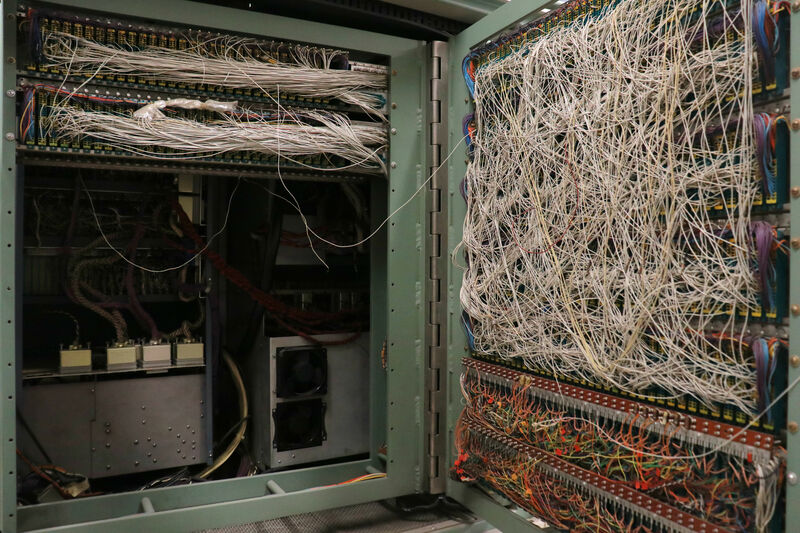
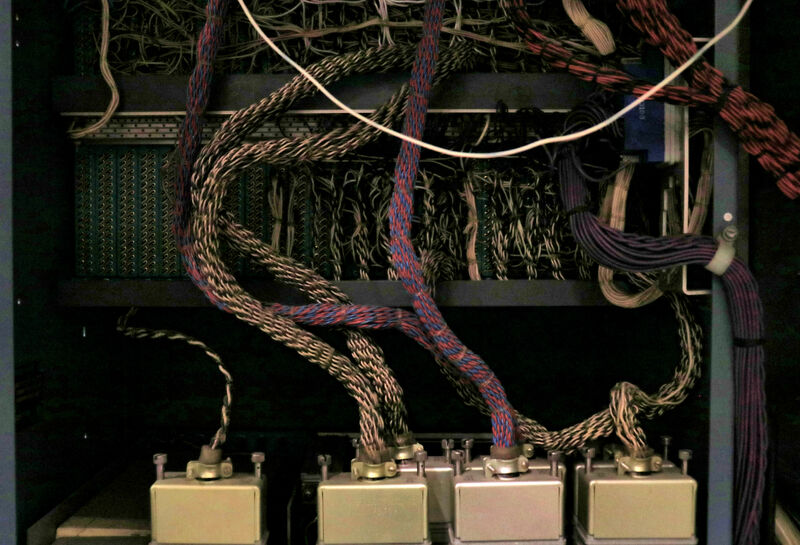
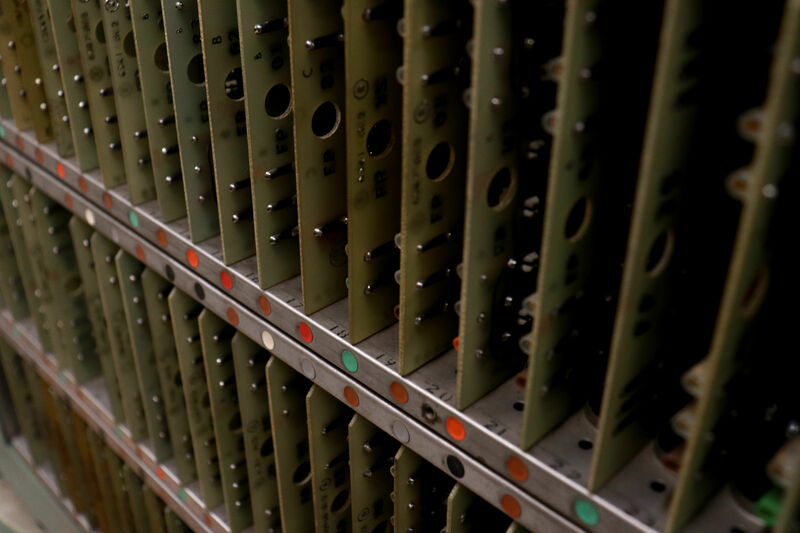
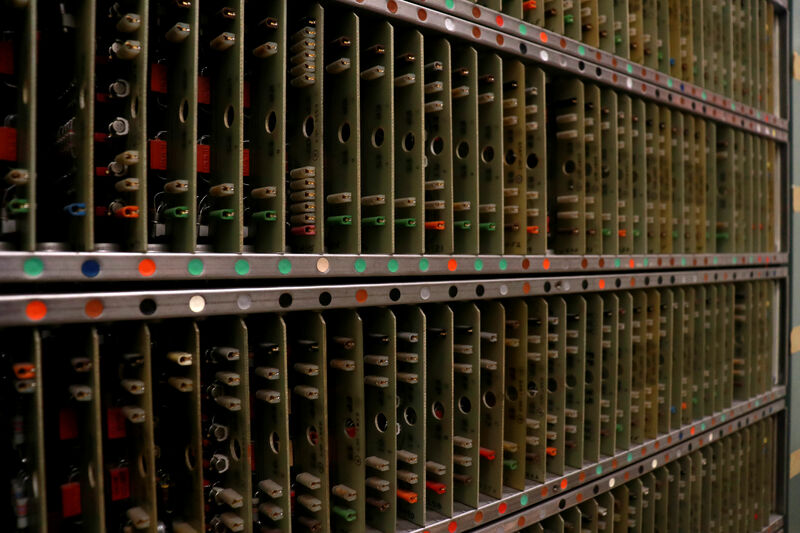
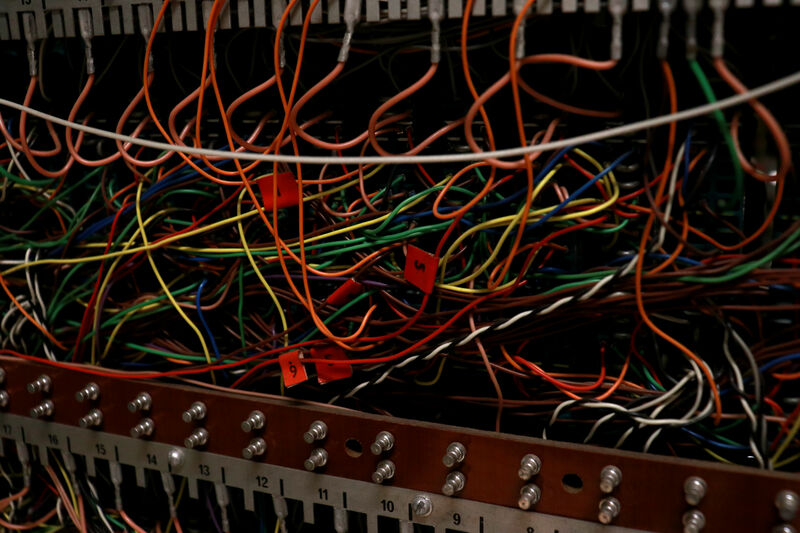
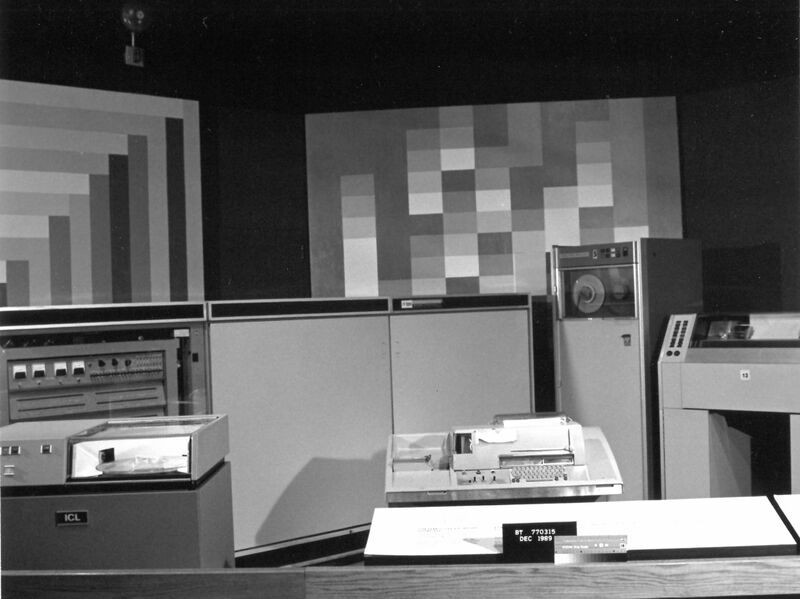
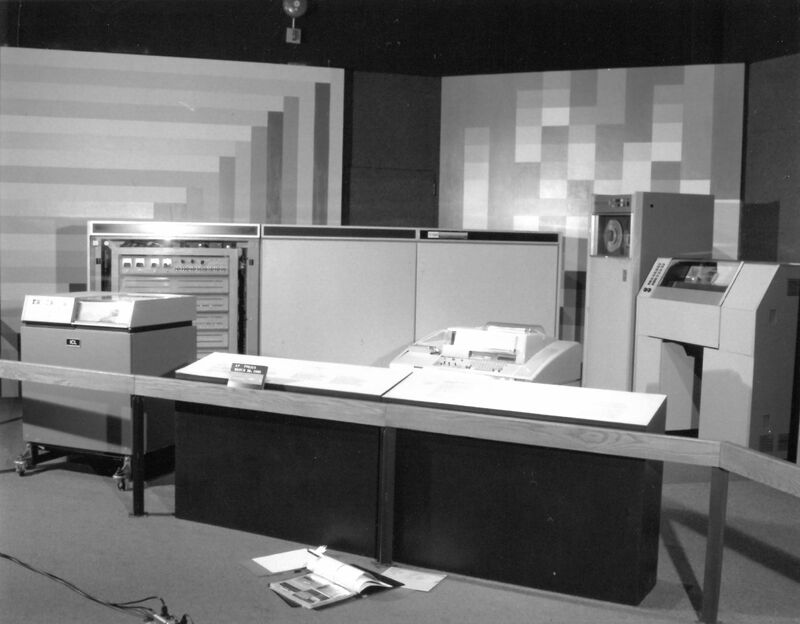
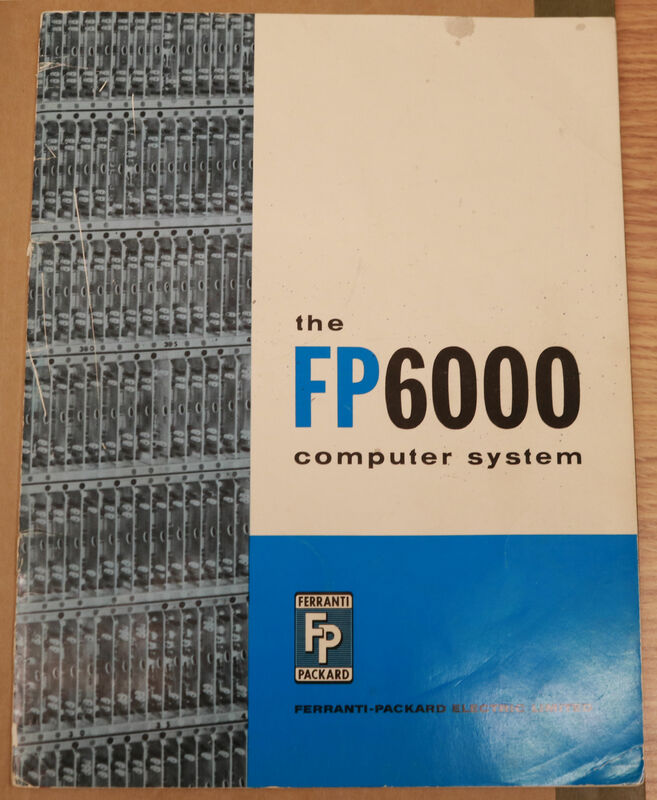
 FP6000 Computer
FP6000 Computer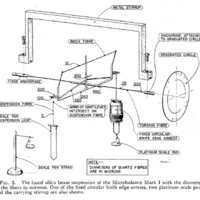 Hugh Carmichael
Hugh Carmichael